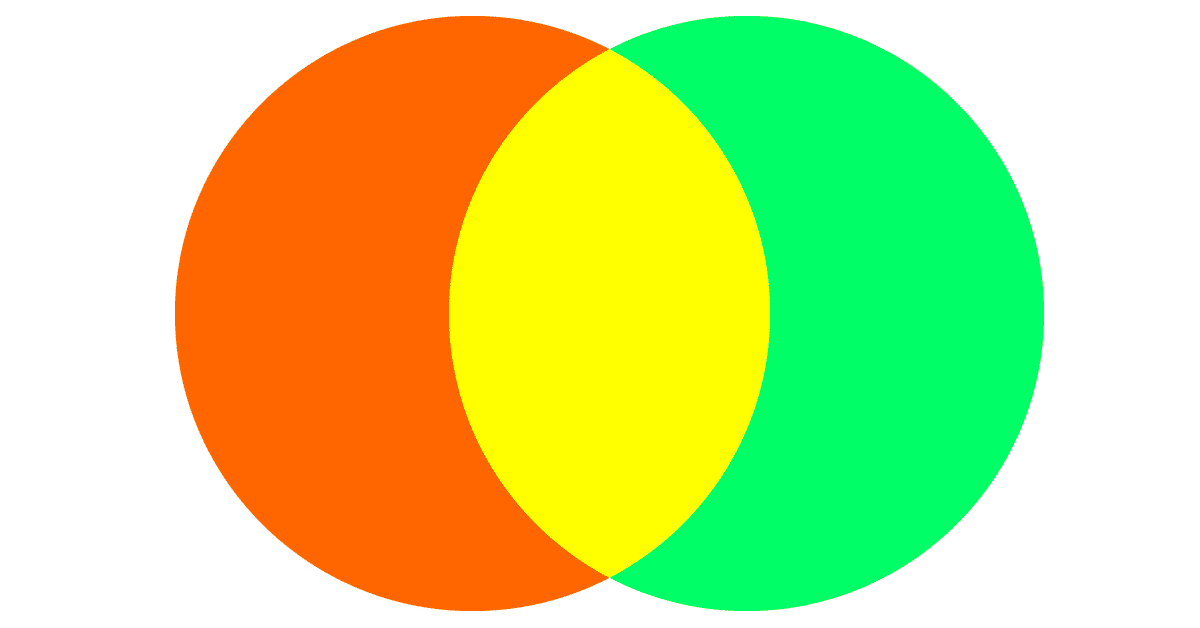 Prof. Ursula Tischner studied Architecture and Industrial Design and specialized in Eco- and Sustainable Design of products and services. After her master graduation in Germany she worked as a researcher at the German Wuppertal Institute for Climate, Environment and Energy, where she was involved in research and developing concepts such as eco-efficiency, MIPS, Factor 4 and Factor 10, Ecodesign, Eco-Innovation etc. In 1996 she founded econcept, Agency for Sustainable Design, in Cologne (www.econcept.org). With econcept she carries out research and consulting projects with small and large companies and other organizations on sustainable- and eco-design and innovation. She organized numerous training and educational courses and programs, such as the Sustainable Design Program at Design Academy Eindhoven NL, or Ecodesign training courses for the Electronics Industry in Korea or the Furniture Industry in Australia. In 2010 she became Prof. Design for Sustainability at Savannah College of Art and Design (www.scad.edu). She publishes books and organizes conferences and networks around Eco- and Sustainable Design, is member of design juries and standardization bodies such as ISO, and evaluator in European research programs.
Prof. Ursula Tischner studied Architecture and Industrial Design and specialized in Eco- and Sustainable Design of products and services. After her master graduation in Germany she worked as a researcher at the German Wuppertal Institute for Climate, Environment and Energy, where she was involved in research and developing concepts such as eco-efficiency, MIPS, Factor 4 and Factor 10, Ecodesign, Eco-Innovation etc. In 1996 she founded econcept, Agency for Sustainable Design, in Cologne (www.econcept.org). With econcept she carries out research and consulting projects with small and large companies and other organizations on sustainable- and eco-design and innovation. She organized numerous training and educational courses and programs, such as the Sustainable Design Program at Design Academy Eindhoven NL, or Ecodesign training courses for the Electronics Industry in Korea or the Furniture Industry in Australia. In 2010 she became Prof. Design for Sustainability at Savannah College of Art and Design (www.scad.edu). She publishes books and organizes conferences and networks around Eco- and Sustainable Design, is member of design juries and standardization bodies such as ISO, and evaluator in European research programs.
econcept.com
Abstract
DESIGN FOR SUSTAINABILITY: MORE COMPLICATED AND MORE FUN THAN YOU THINK
Design for Sustainability means Design that is good for the environment (planet), good for humanity (people) and that creates economic value for as many actors and stakeholders as possible (profit).
Today almost everybody talks about Sustainability and a lot of people start to look for and practice Sustainable Design or Design for Sustainability (DfS).
Unfortunately there is still a lot of talking without action (green washing), there is still a great confusion about what DfS really means, and there are a lot of well meant but super naive projects that are aiming at sustainability, but because of lack of research or decent methodology they reach the opposite result.
This presentation will explain, what Design for Sustainability is / is not, how to practice Design for Sustainability, where the real challenges are, and how much excitement it means for designers and other creatives to really search for ultimate sustainable solutions.
SUGGESTED BOOKS
Interesting questions / statements
“Why is design/ are designers still part of the problem rather than part of the solution?”
“Are we as human beings too stupid to understand what the right thing to do would be and then do it, or are we too lazy?”
“Which motivation (intrinsic/ extrinsic) could trigger designers and consumers to change their behavior towards more sustainability?”
